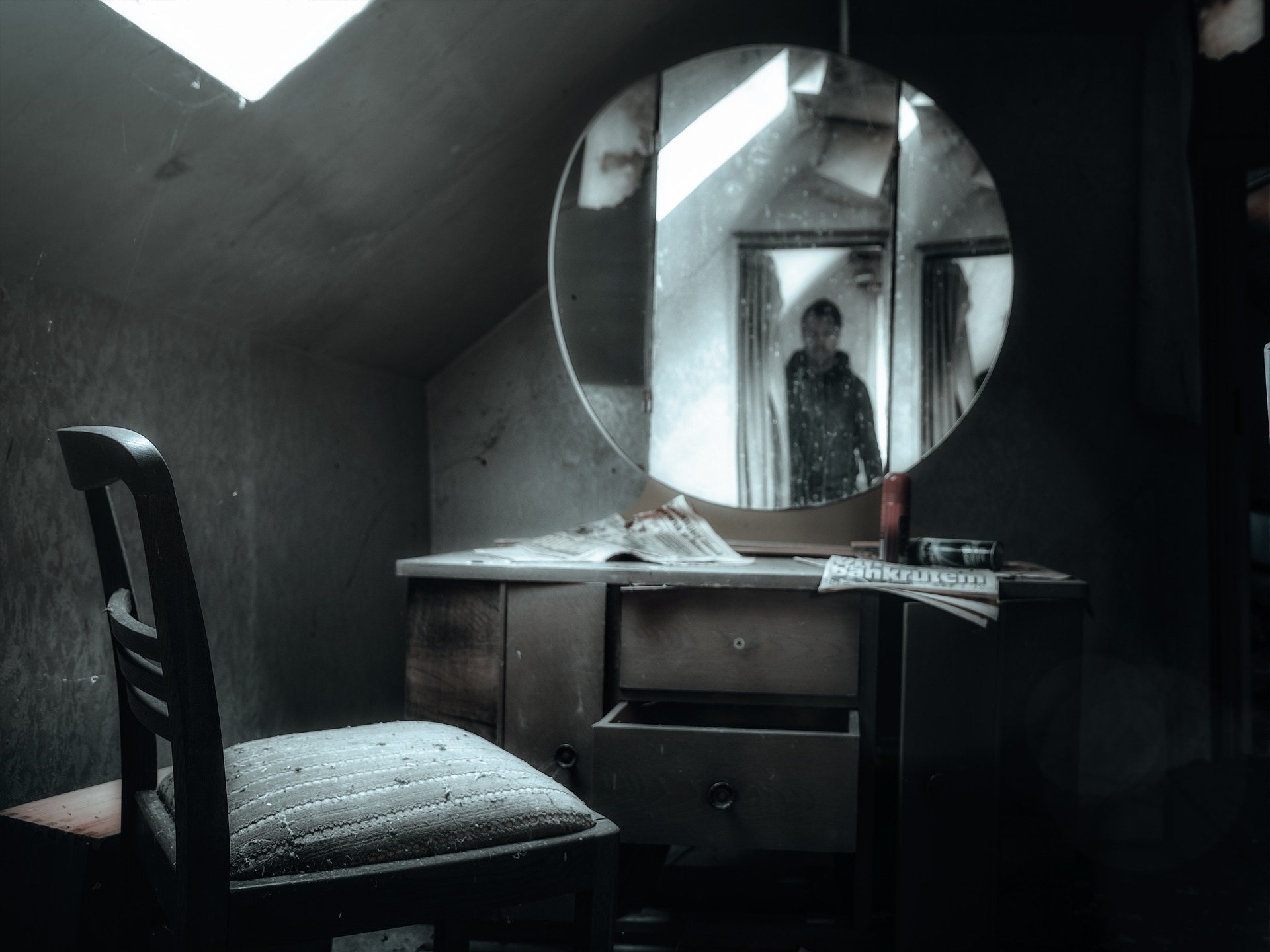The Real Life Candyman
Candyman is a horror movie released in 1992. Ask anyone who was a teen or young adult around this time their thoughts on the movie and you’ll find most suddenly shout Candyman! Candyman! Candyman! at you. Don’t worry though, they haven’t lost it (not yet anyway), that was a central point to the movie. Screaming Candyman three times is almost a Pavlovian response for those of us of a certain age. It left an indelible mark on an entire generation.
In the movie, saying Candyman’s name three times into a bathroom mirror summons the killer, who rather predictably, murders you. It’s not the greatest of movies, but it had a whole generation egging each other on to shout Candyman into their bathroom mirrors. Usually while their friends turned off the lights and locked them alone inside the bathroom, scared stiff.
The movie is based on a short story by Clive Barker called The Forbidden. Set in a high rise block of flats in the 70’s, the book details a supernatural killer terrorising the residents by entering through their bathroom mirrors.
What if I was to tell you that their actually is a grain of truth in all of this. That there was a real life Candyman. Or maybe even several. All located at the same place and same time.
Let me explain.
The Real Life Candyman
Built in the middle part of the last century, the Grace Abbott Homes high rises in Chicago were home to a melting pot of people. All of whom were not doing so well. You had drug addicts, those down on their luck, the mentally unwell and career criminals to name a few.
The ABLA housing projects as it was known wasn’t exactly a good place to live.

On April 22nd, 1987 at 8.45pm Ruthie Mae McCoy called the police in a panic. She told the operator that an intruder had “throwed the cabinet down”. She was fearful that this intruder was out to get her and wanted police to intervene.
The operator, not able to really make any sense of Ruthie’s call, logged it as a disturbance with a neighbour and had a car attend the scene.
Between 9.02pm and 9.04pm, two other neighbours called the police, both reporting hearing gunshots at 1109. Ruthie’s apartment number.
Police arrived at 9.10pm. They knocked on Ruthie’s door and called her phone. No answer. So what did they do? They left. Yes really. It wasn’t until two days later that the door was broken down and Ruthie Mae McCoy was found dead. She had been shot 4 times. Also, her bathroom cabinet was missing, revealing a large crawlspace behind. This was how the real life Candyman entered apartments in this high rise.
Design Flaw
When the ABLA projects had been designed and built they did a strange thing. All of the pipe runs were connected through a crawl space behind the bathrooms walls. These were accessed by removing the bathroom cabinets. Making it really easy for repairs.
But it also made it really easy for people to break in. Especially once the less scrupulous residents found out about this “one weird trick”.
In fact, it had become such a problem with the ABLA high rise units that residents would barricade their own bathrooms from the outside before going to bed at night.
Not great if you have a small bladder.
I can only imagine the fear as you hear someone shuffling through the walls at night. It must have been awful to endure.
Of course, it also led to the real life Candyman. It had to really. A bunch of desperate people all locked in together with an easy way to break into your surrounding apartments? What else was going to happen? It’s no wonder the myth of the Candyman arose this way.
But who killed Ruthie Mae McCoy?
Apartment 1108
The apartment next to Ruthie Mae McCoy’s. Fellow residents Edward Turner and John Hondras had been there that day, hanging out. A friend allegedly showed them how easy it was to break into the apartment next door, using the bathroom cabinet as access.
Tim Brown, the main witness during the trial against Turner and Hondras in 1990 told the court that he had seen them break into apartment 1109 and then heard several gunshots.
Turner and Hondras then left through the front door of 1109 carrying a TV and rocking chair before disappearing with their ill gotten gains.
A few hours later, they allegedly returned to clear up the spent shell casings from the apartment.
Turners girlfriend testified that later that night, he had bragged to her about shooting someone. Hondras girlfriend admitted that they had come to her apartment and left with a rocking chair and tv there for safe keeping.
Slam dunk case, right?
Sadly not.
Edward Turner testified in his own defence. He stated that he was in 1108 when he heard gunshots and ran down to the lobby. 30 minutes later, John Hondras came down alone.
Going back to 1108, they saw a TV sitting outside 1109 and a third man carrying a rocking chair out of Ruthie Mae’s apartment. Turner took a look in and saw a dead body in the bedroom.
At this point the third man left the rocking chair and went away. Leaving the TV and rocking chair with Turner and Hondras.
Neither denied trying to stash the stolen items with others. But they sure denied killing Ruthie.
With no physical evidence to tie them to the crime, they were acquitted and found not guilty.
To this day, the real life Candyman has never been caught. Thankfully, the ABLA projects have all been torn down.
Apart from one at 1322 – 24 West Taylor Street. There are talks of it being incorporated into plans for a new National Public Housing Museum.
